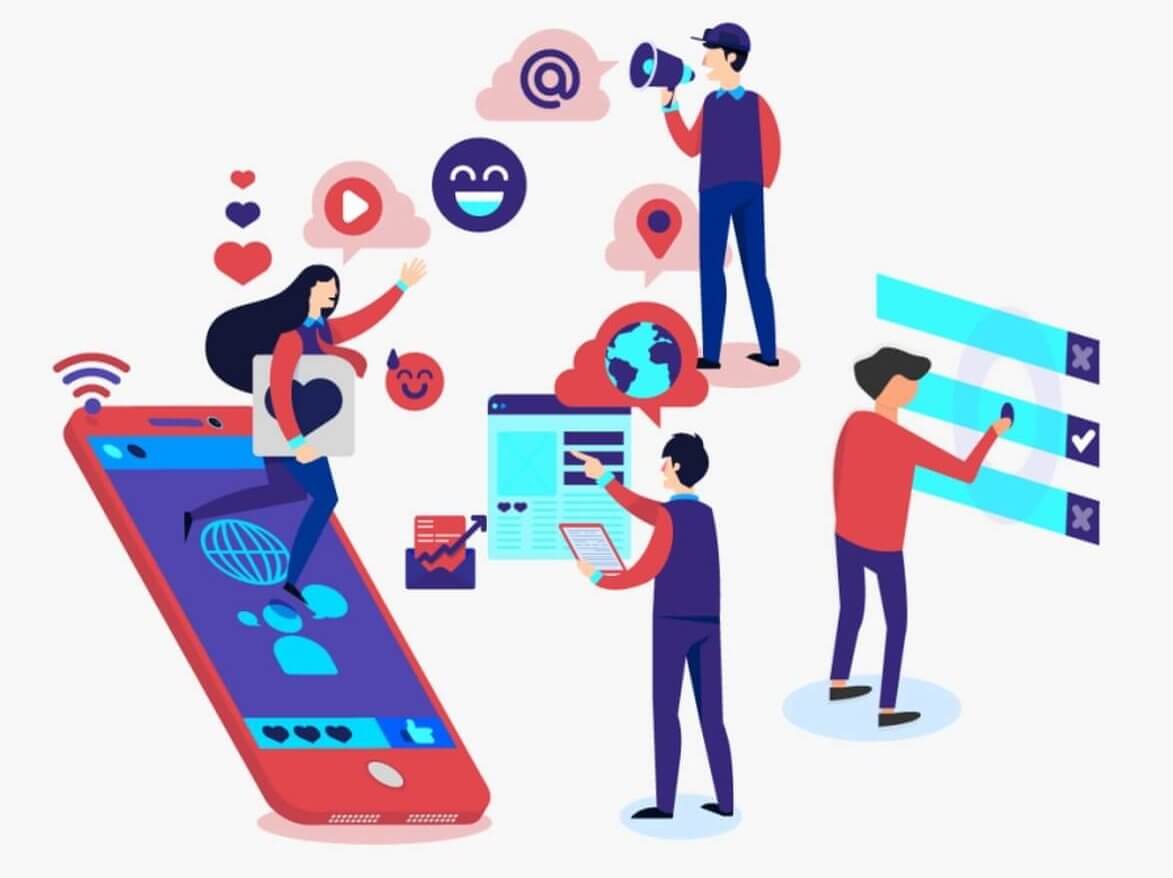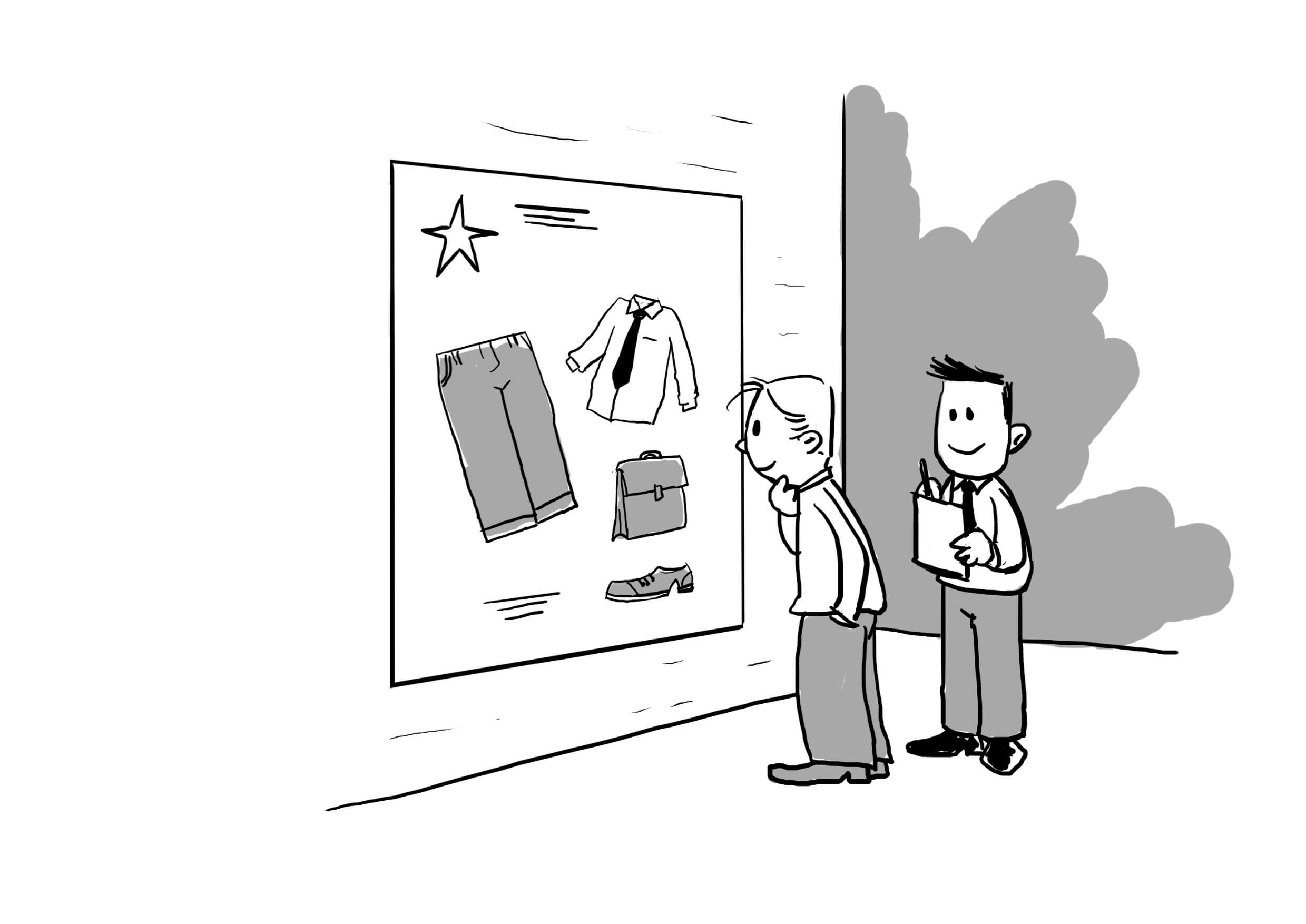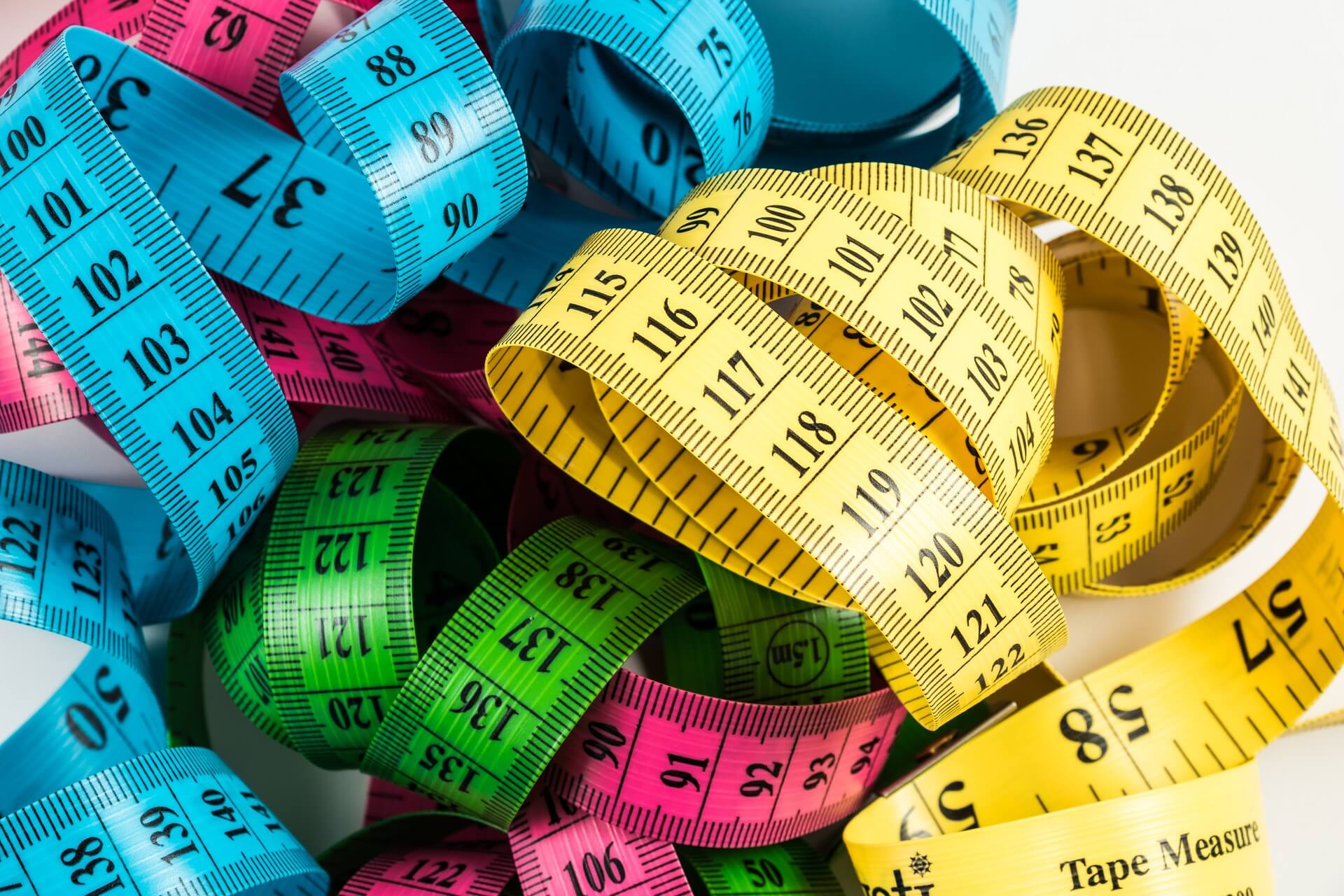Here at C3Centricity, we publish books (Winning Customer Centricity), articles and training on customer centricity, because we’re passionate about helping companies to successfully adopt a customer-first strategy.
Since we founded C3Centricity in early 2011, one of our traditions has been to share the most popular posts on customer experience at the beginning of each new year.
This past year has been particularly successful for C3Centricity, with many of our newest posts getting the top scores globally! This is quite tough for a blog that has been running for almost 13 years and highlights the quality of the content we share with you each month.
Of course, there are also a few perennials that have been appearing in our top 10 list for years, like insight development and customer observation. Since no brand is successful without a foundational insight, and customer understanding is its major essential element, these two will always be popular – they also are on Google’s first page, which certainly helps and confirms the quality of their content.
So let’s have a look at the Top 10 list in 2023, and see if your own favourites are there. If not, then please let us know in the comments. Thanks.
#1. Five Brilliant Ideas to Boost Your Insight Development
 This post regularly appears in the top three posts on C3Centricity. This shows the quality of its recommendations and content. And the importance of business insights.
This post regularly appears in the top three posts on C3Centricity. This shows the quality of its recommendations and content. And the importance of business insights.
Ever wondered why you struggle to develop actionable insights? This post shares some of the main reasons why even large companies sometimes fail at this essential art. Then, it offers some suggested solutions to help you.
Insights are the foundation on which every single successful brand is built. If your brands are lacking strong positive growth, they are probably missing that insight that will make them powerhouses.
So it is vital that you learn how to develop them and then how to action them in your communications and innovation. Again, if you struggle to action your insights, you’re most certainly missing one of the steps covered in this post.
To stimulate your thinking, the article includes many real-world examples of how great insights can be turned into powerful ad campaigns that connect with customers and motivate them to buy.
If you’re ready to finally learn how to develop actionable business insights, check out our online course on the topic HERE.
#2. Five Rules of Customer Observation for Greater Success

This post has also been among the top articles on C3Centricity for many years. It is a cornerstone post that is regularly updated to remain highly relevant in today’s marketplace.
Its popularity clearly shows the need we all have to understand how to get up close and personal with our customers – the right way.
The five rules it includes are easy to follow and will make every occasion to watch and listen to your customers so much more interesting and valuable.
And if you want to learn how to watch



 Quantum Customer Centricity (QC2) takes a multi-dimensional view of the four moving parts of a customer-first strategy. It boosts business by leveraging your strengths while identifying the biggest opportunities for growth. It finds the small, key changes that will maximise your company’s benefit.
Quantum Customer Centricity (QC2) takes a multi-dimensional view of the four moving parts of a customer-first strategy. It boosts business by leveraging your strengths while identifying the biggest opportunities for growth. It finds the small, key changes that will maximise your company’s benefit.



 TELECOMS now make as much money from selling (geo-localisation) data than they ever did from selling phones and lines.
TELECOMS now make as much money from selling (geo-localisation) data than they ever did from selling phones and lines.



